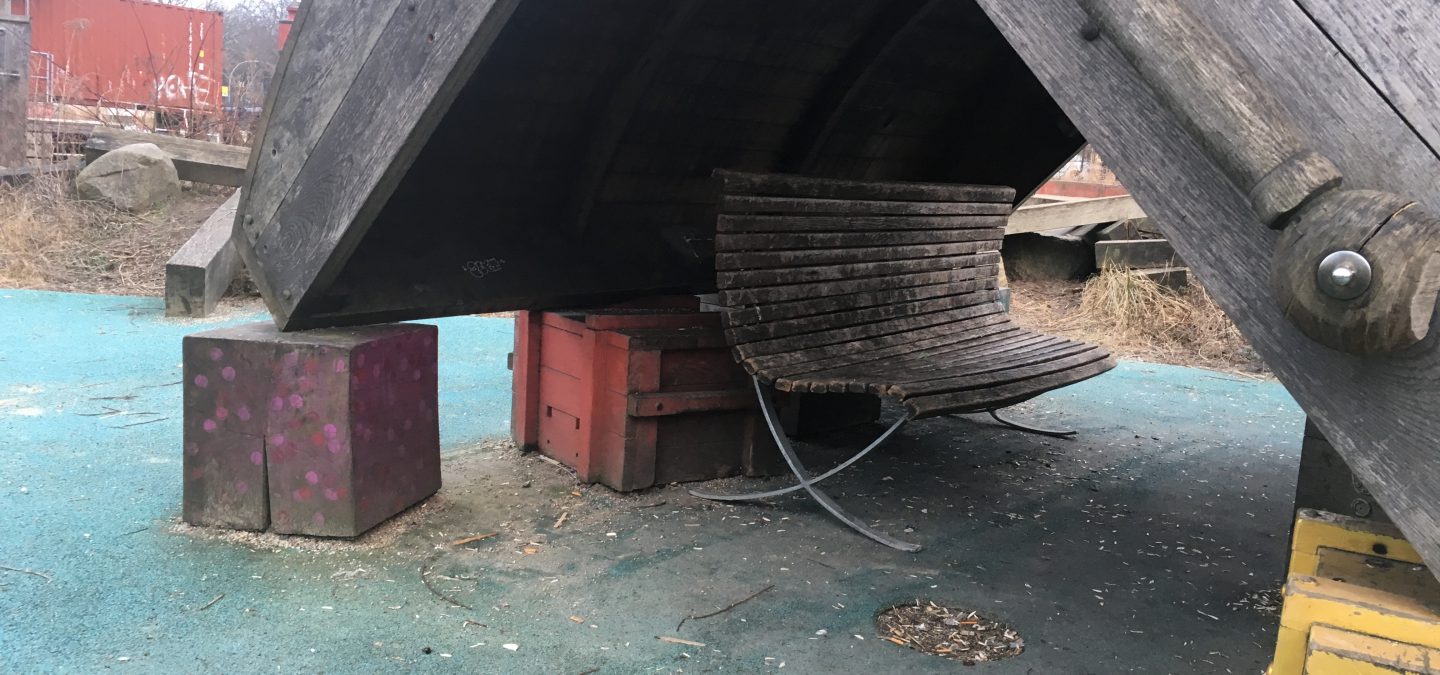
Keep up with our latest news and projects!

In the search for more sustainable living circumstances in cities, I would like to argue that we need to work on our perception of nature in the city’s public spaces. When we are young, we have a unique perspective on the changes of public space throughout the seasons and how we can play with the elements. For example, puddles are great! If we would learn from the ability children have to appreciate the way nature transforms the city into a playful environment, instead of fighting against seasonal changes, urban citizens would benefit from a more flexible design approach to public space through seasonal affective design that leaves room for the user to co-create. As Lynch (1981) suggests, direct involvement of people in the shaping of their environment also results in a better ‘fit’ between people and places. Interestingly, children already know how to turn seasonal ‘problems’ into possibilities, by feeling free to use what is around them.
With the effects climate change has on our urban environment and our interaction with it in mind, we should emphasise the lessons urban planning can learn from further investigation of seasonal effective planning and design. City-planning, management, programming and use of public space seem to focus too much on the circumstances in good weather and therefore ignores the potential of public space throughout the seasons. In general, summer is all about celebration and pleasure whereas winter is perceived as something we need to survive in order to enjoy summer again (Gehl, 1990:28). Now let’s look at this from a child’s perspective. Imagine a child picking up a branch that fell from a tree onto the sidewalk during winter. For the child, this object embodies play with natural elements in the city, to a grown-up this would be the moment to say: ‘That’s dirty’. In case this stick would have been picked up during a walk in the woods, the reaction of a grown-up would have been more positive. What can we learn from the curiosity-driven interaction children seek with their environment and how can we include more room for play with the seasons into the design of public space?
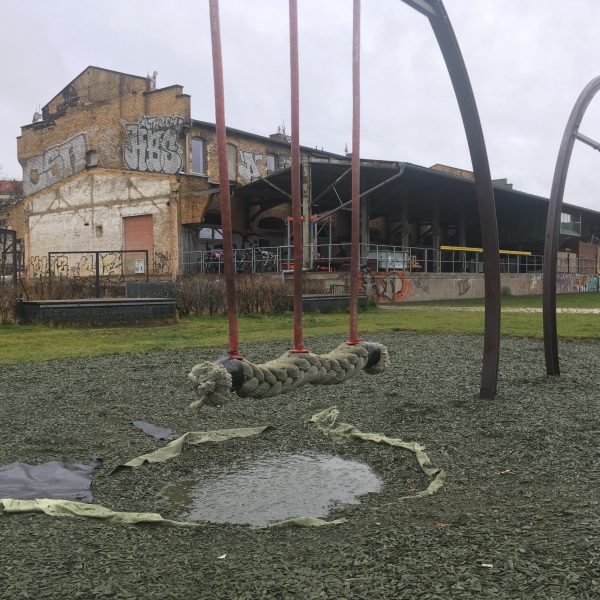
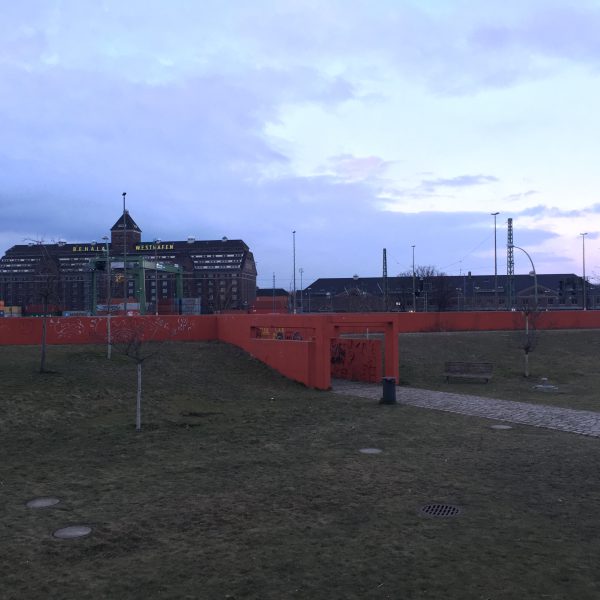
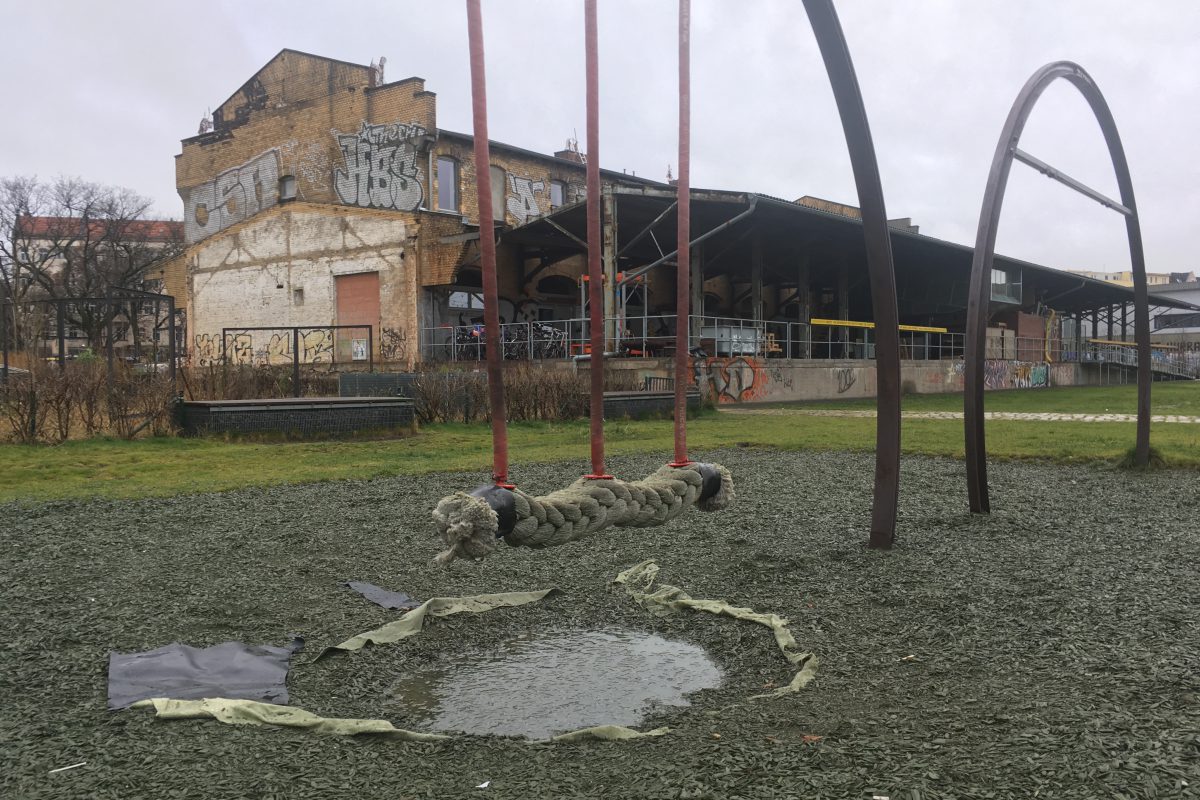
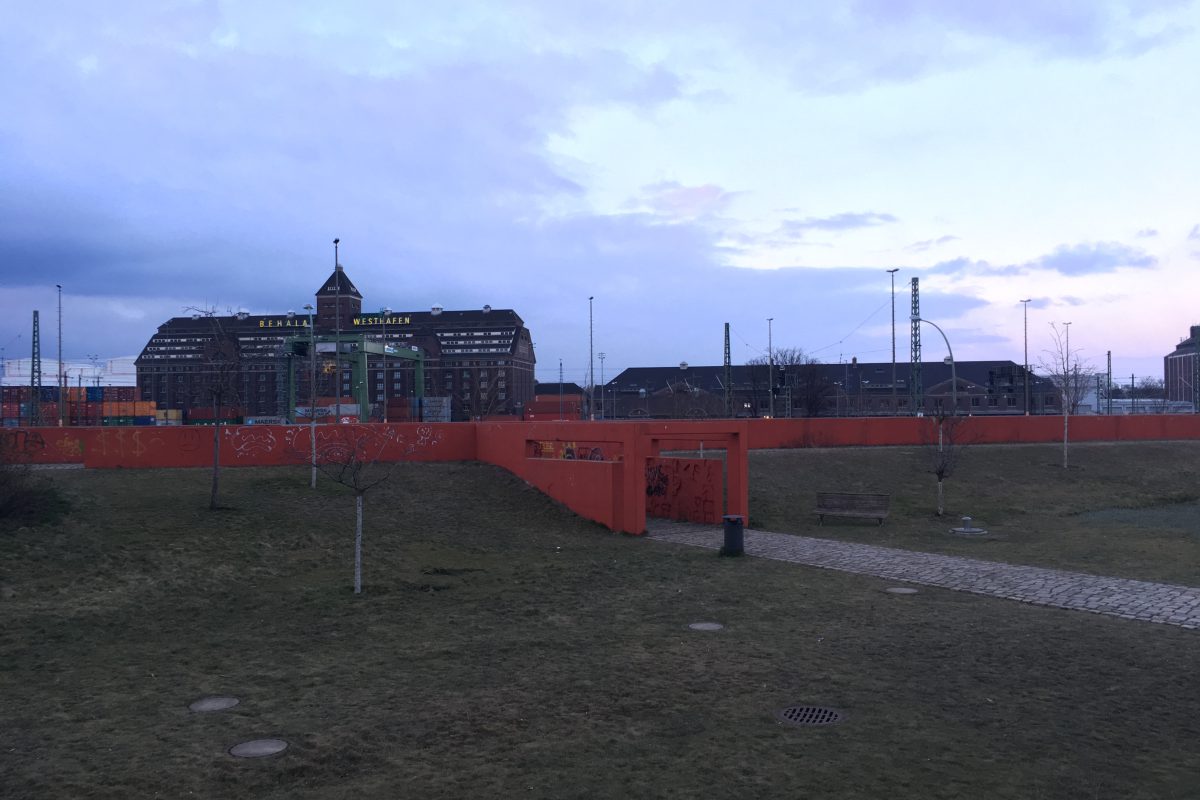
Children, just like birds who use whatever material is available to built nests and wash themselves in puddles, instinctively know what to do with the often perceived as uncomfortable situations that come with seasonal changes. Children play with piles of leaves in fall, build little huts from fallen branches in a park in winter, and jump in puddles on the sidewalk in spring. Interestingly, if we take a look at the average urban playground, there is little to no connection with seasonality, and if there is it is in a negative way. Often playgrounds are under-utilised throughout the colder and mostly wet months of the year, and let’s be honest, who likes to go down a wet slide? Public space in general and playgrounds in specific would benefit from a more flexible design wherein seasonal changes can be seen as useful and enjoyable instead of fought against and frowned upon.
As changes in the seasons are rapidly increasing with the effects of climate change all over the world, it is crucial to find ways to apply what we learn about our interaction and relation with nature within the built environment. Children are known to be most comfortable when they are able to find and design their own space to play in (Kylin, 2003), which is in stark contrast with the design-approach of public playgrounds. This disconnect between planner and user of space should be taken seriously, and best improved by passing on a part of the design of public spaces to the people that actively use them.
An experiment I initiated in Berlin at the Zentrum fur Kunst und Urbanistik, involved ‘releasing’ a typical street bench in a park to see how it would be used. A group of kids that uses the park as their gathering space, cleverly took the bench to a covered area to provide themselves with a sheltered seating area during the winter months. As soon as the sun started coming out, the bench was moved by people of all ages to places where the weather could be enjoyed, sometimes covered from the wind or moving with the sun during the day. The main lesson we can take from this experiment is that leaving room for play and by incorporating flexibility in design, users of public space are able to prove that they know best about what works within the given context.
If we go back to the story about the branch, I would like to elaborate on the aspect of (re)use of material and circumstances that the seasons bring us. Children already know how to turn seasonal problems into possibilities, by feeling free to use what is there. We could learn from this curiosity-based approach in the design of public space. As the story of the bench told us, it is fairly easy to invite users of public space to be part of processes of creation by providing flexible public furniture by providing a structure that can be played with. The challenge is to provide flexible public spaces that are fun to use throughout the seasons, and for kids puddles and leaves are already the best ingredients for play. In the best case each park, playground and public space will have its own seasonal arrangements.
This article belongs to a series of stories about the city at eye level for kids! You can access the full book online in PDF or pre-order your hardcopy to be delivered to your home.
Get your book here– Gehl. J. (1990), Hot Time in the Cold Town, Winter Cities, 8(1990) 2).
– Kylin, M. (2003), Children’s dens. Children, Youth and Environments, 13 (1).
– Lynch, K. (1981), “Good city form” (MIT Press, Cambridge)